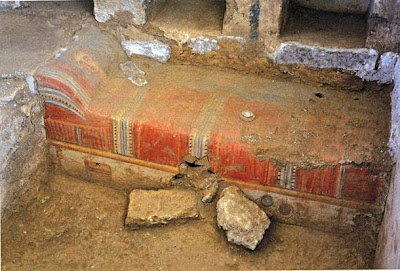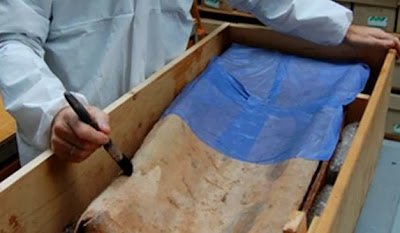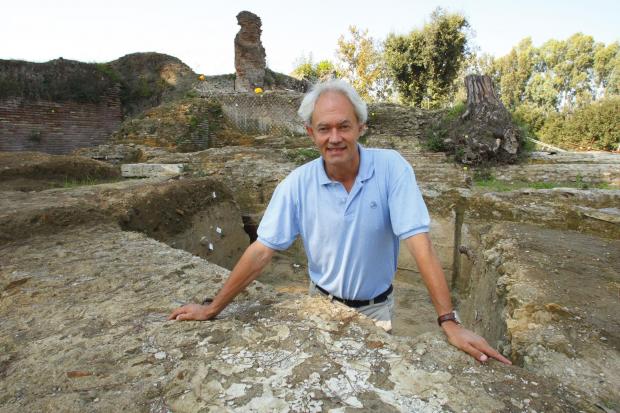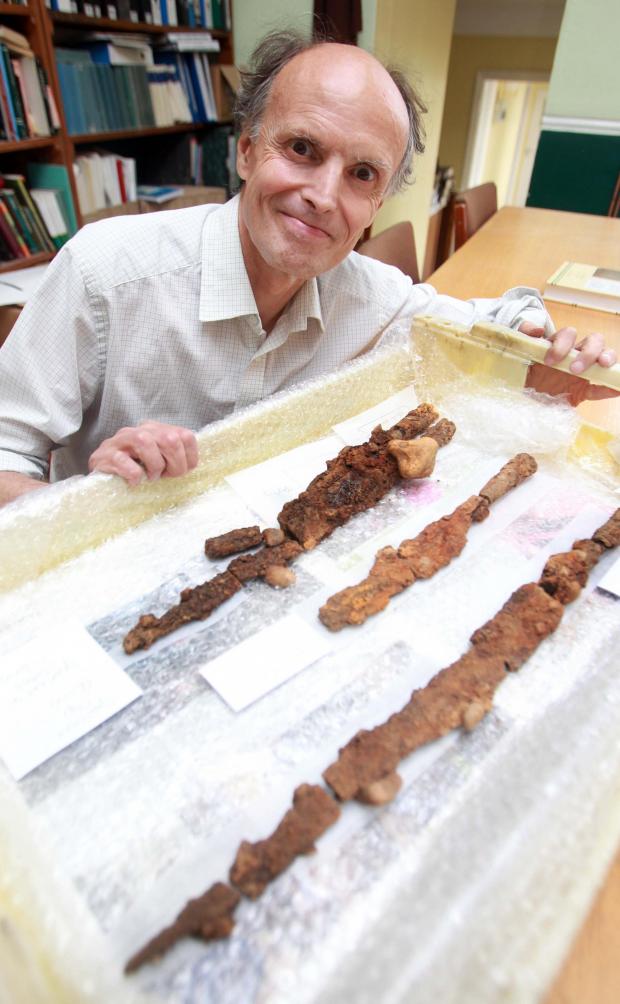An Indiana University archaeo-informaticist has used virtual simulations to flip the calendar back thousands of years and show for the first time the historical significance of the unique alignment of the sun with two monuments tied to the founder of the Roman Empire.
 |
| Virtual simulation image of the sun atop the obelisk with the Altar of Peace in the foreground [Credit : Indiana University] |
Prevailing research had found that on this day, the shadow of the obelisk -- serving as the pointer, or gnomon, of a giant sundial on the plaza floor -- would point toward the middle of the Ara Pacis, which the Roman Senate had commissioned to recognize the peace brought to the Roman Empire through Augustus' military victories.
Read the rest of this article...





















.jpg)











